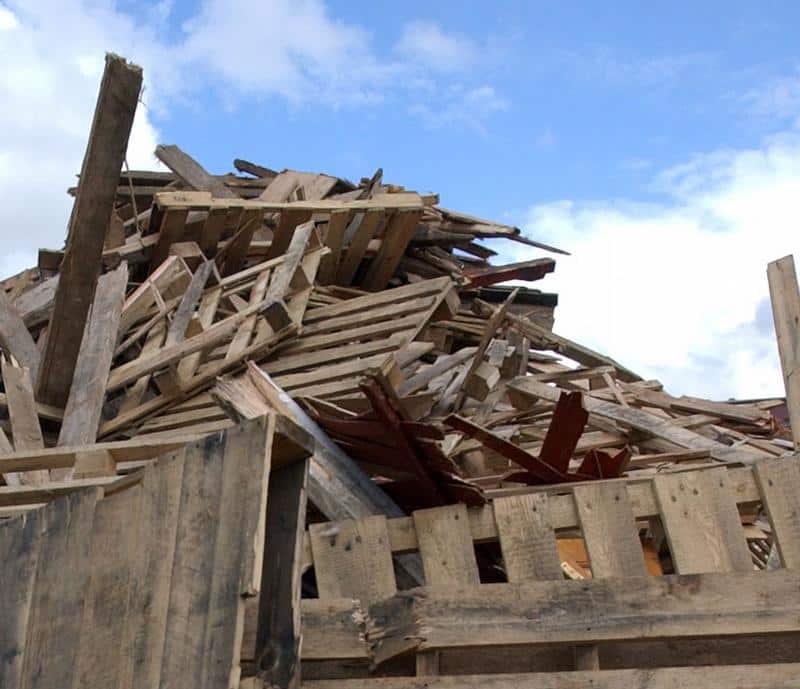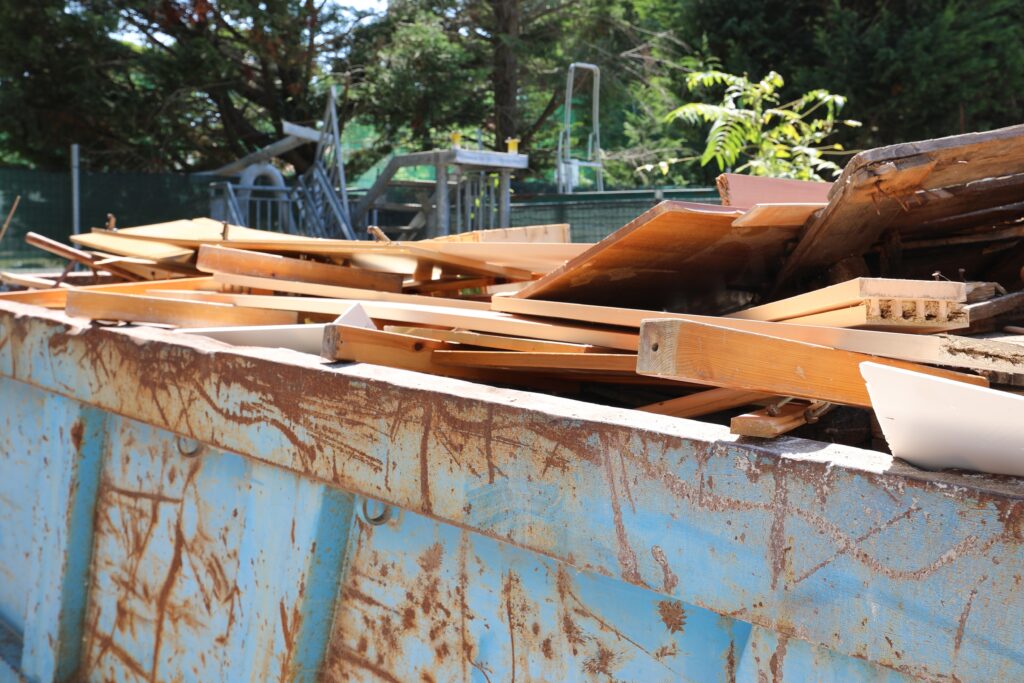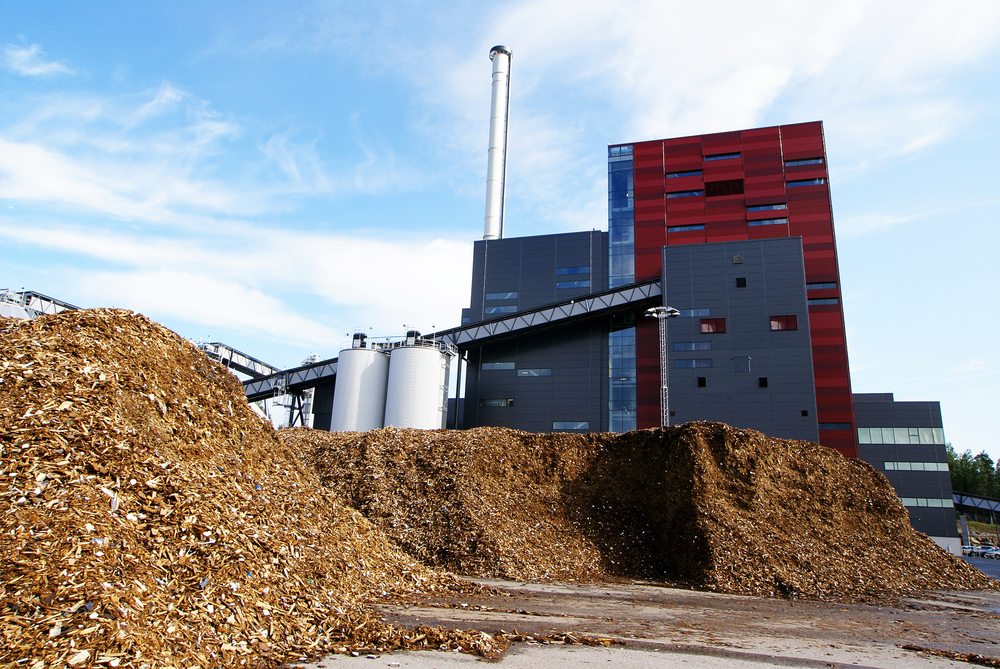In brief, the grades are:
-
Grade A: “Clean” recycled wood – material produced from pallets and secondary manufacture etc and suitable for producing animal bedding and mulches.
-
Grade B: Industrial feedstock grade – including grade A material plus construction and demolition waste, this is suitable for making panelboard.
-
Grade C: Fuel grade – this is made from all of the above material plus thatfrom municipal collections and civic amenity sites and can be used for biomass fuel.
-
Grade D: Hazardous waste – This includes all grades of wood including treated material such as fencing and trackwork and requires disposal at special facilities.
The WRA has been working for some time to finalise the structure and has consulted widely, both among its members and with other stakeholders, including WRAP and also the Wood Panel Industries Federation which represents the largest current market for recycled wood, the panel-board industry.
The final structure has been approved by the WRA board and issued to all members during the last week (see attachment below).
WRA secretary Peter Butt said: “The purpose of the grading structure is to provide a simple and common understanding as to what grade of material is suitable for each main market sector.
“We anticipate that over time it will become standard terminology within the industry. It will also be reviewed regularly as the industry evolves.”
Recommended
The WRA stressed that the grading structure was not a set of specifications or a standard and therefore should not be included in contract documentation. However, it is the WRA-recommended way of working.
Importantly, it provides a basis on which to build a recovered wood standard – something which WRAP is currently working on. This in turn is crucial to the Environment Agency and WRAP's forthcoming development of a Quality Protocol for recovered wood – which will define what standards recovered wood must reach in order to be classed a product rather than a waste, thereby freeing it from waste legislation and boosting customer confidence in the material (see letsrecycle.com story).
The lack of an existing standard lead to the Environment Agency and WRAP dropping earlier plans to develop a quality protocol in 2007 (see letsrecycle.com story).
Mr Butt said: “The WRA believe that the approved wood grades structure will be an excellent starting point for the work of the Standard Steering Group.”
“This in turn will be a vital component to the development of a Quality Protocol, which is also about to get underway.”










Subscribe for free